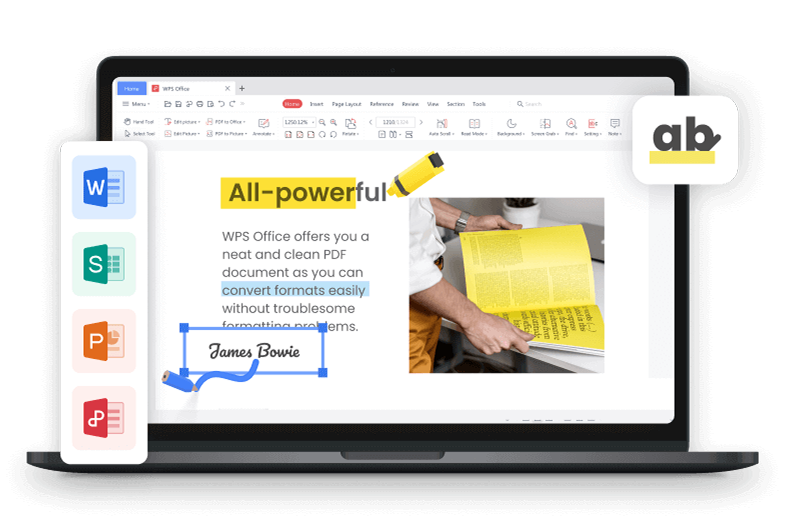Is your ASUS SonicMaster laptop refusing to power on, leaving you stuck and frustrated? You're not alone. While known for impressive audio quality, the SonicMaster series is no stranger to power issues or boot failures. Whether you're dealing with a dead battery, an unresponsive screen, or corrupted system files, getting back to work shouldn't require a visit to the repair shop.
In this article, we'll walk you through step-by-step fixes to resolve startup problems on ASUS SonicMaster laptops.
Part 1: Diagnose hardware issues causing ASUS SonicMaster laptop not to turn on
If your ASUS SonicMaster laptop doesn't turn on, the issue may be more about power delivery or a temporary hardware lock than actual damage. Before you panic or rush to a repair shop, try these simple steps to rule out basic issues.

Steps:
Step 1: Disconnect the charger and remove the battery
Unplug the charger from your ASUS SonicMaster laptop. If the battery is removable, take it out carefully.Step 2: Hold the power button for 60 seconds
Press and hold the power button for a full 60 seconds to drain residual power and reset the internal hardware state.Step 3: Plug in the charger (without battery) and try powering on
Reconnect the charger while keeping the battery out. Press the power button and observe any signs of life.Step 4: Try a different charger or USB-C PD port
If the laptop still doesn't respond, test with another compatible charger or use a USB-C Power Delivery port if your model supports it.
Why it works:
These steps help eliminate basic power supply issues and reset the embedded controller (EC), which often causes power-related glitches. This method is effective for resolving startup issues without opening the laptop or replacing parts.
Part 2: Perform a factory reset on ASUS SonicMaster laptop
If basic hardware troubleshooting didn't solve the issue, the next logical step is to reset your ASUS SonicMaster laptop to its factory settings. A factory reset helps fix operating system corruption, startup loops, and software-related freezes without affecting critical drivers like SonicMaster audio.
Before starting, ensure you've backed up your data to avoid losing important files.
Steps:
Step 1: Backup your data
Use an external hard drive or cloud storage like Google Drive to back up your files if you can access Safe Mode or recovery tools.Step 2: Enter ASUS Recovery Mode
Restart your ASUS SonicMaster laptop and press F9 repeatedly as it boots. This opens the ASUS Recovery environment.Step 3: Select "Restore Factory Settings"
From the recovery menu, choose the option to "Restore Factory Settings" and follow the on-screen prompts. This will begin the reset process, which usually takes 20 - 40 minutes.

Why it helps:
This reset method restores your laptop to its original factory state, wiping out any corrupted system files while preserving essential drivers like those powering the SonicMaster audio. It's a safe way to recover your system without affecting audio performance.
Part 3: Post-reset optimization for ASUS SonicMaster laptop
Once your ASUS SonicMaster laptop has been factory reset, it's time to optimize the system to run smoother, faster, and without unnecessary load. This not only improves boot time but also reduces the risk of running into the same startup issues again.
Steps:
Step 1: Uninstall bloatware
Go to Settings > Apps > Installed Apps and remove preloaded software you don't use, especially heavy apps like McAfee trials, ASUS GameFirst, and bundled video editors.

Step 2: Install WPS Office for lightweight productivity
Download and install WPS Office, which is lighter than Microsoft Office and ideal for everyday documents without straining your system.Step 3: Enable automatic driver updates
Navigate to Settings > Windows Update > Advanced Options > Optional Updates and make sure driver updates are turned on. Updated drivers help prevent conflicts and stability issues.

Why it helps:
Removing unnecessary apps and installing optimized software like WPS Office reduces background processes, improves RAM availability, and speeds up your ASUS SonicMaster laptop. These steps make a big difference in both performance and system stability.
Part 4: Boost productivity post-repair with WPS Office
Now that your ASUS SonicMaster laptop is up and running, it's time to ensure your work software doesn't drag it down again. If your system previously struggled with heavy office suites or slow performance, switching to a lightweight alternative can make a huge difference.
WPS Office: The ideal tool for recovered systems
After a factory reset, many users unknowingly reinstall bulky programs that bog down performance. That's where WPS Office stands out, it offers full document functionality in a small, fast package.

Benefits of using WPS Office:
75% smaller install size than Microsoft Office
Perfect for systems that need to stay lean after a reset.Full compatibility with DOCX, XLSX, and PPT formats
No need to convert files; you can open and edit them directly.Built-in PDF converter and access to WPS AI
Summarize recovery logs, draft reports, or clean up documents effortlessly.
After reinstalling WPS Office on my ASUS SonicMaster, I was surprised at how quickly it launched compared to other suites. Even with background apps running, I could open and edit a presentation, a spreadsheet, and a PDF without lag. The reduced system load made the laptop feel brand new again.
FAQs
Q1: Will a factory reset delete SonicMaster audio drivers?
No. Performing a factory reset using ASUS Recovery Mode retains essential system drivers, including those powering SonicMaster audio. However, it will remove third-party apps and custom settings.
Q2: Is WPS Office free for ASUS laptops?
Yes! The free version of WPS Office includes Writer, Spreadsheets, and Presentations, all optimized for low-resource systems like the ASUS SonicMaster laptop after a reset.
Q3: How often should I clean my ASUS SonicMaster's vents?
It's recommended to clean your laptop's vents every 6 months. Overheating from dust buildup can lead to performance drops or even prevent the laptop from turning on properly.






